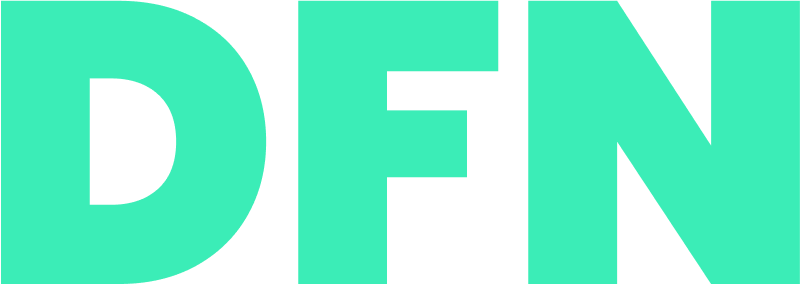Revenue-minded PLG.
Product-led growth is a powerful business driver. If you have the right strategy and operational plans.
PLG is all about alignment.
Product-led growth (PLG) is a business model where product usage value drives customer acquisition, retention, and expansion.
PLG is a cost-effective way to gain market share. Just don’t assume the revenue will flow without a unified acquisition strategy and goals that span across all go-to-market teams.
Avoid common pitfalls & traps.
Don’t optimize for signups alone.
Activated signups are a great benchmark. Just don’t assume every active user is willing to pay for the product no matter how great the product is. If customers don’t have a real need they won’t value your offering enough to pay for it in the future. So don’t waste too much budget driving signups only. You won’t automatically recoup that spend.
All customer segments are not the same.
Prioritize high revenue potential customer segments if you want to grow revenue. That pipeline is worth more vs generic signups. Identify + build value for + support high revenue potential customer segments as you scale. Critically, this clarifies priorities for your product roadmap and for other go-to-market priorities.
Talk to customers.
PLG isn’t a substitute for knowing your customers. Set up customer-reported attribution and customer research programs so you truly understand how users and buyer value your capabilities. This will also help you understand which customers have the potential to convert to paid vs customer segments that will only use free or low end plans.
Data sharing matters. A lot.
Make sure you’re sharing data, analytics, and insights across Product, Marketing, Sales, and Customer Success from the start if you’re using PLG. There are powerful insights for the business beyond signups and product utilization data. Sharing insights widely lets the whole team collaborate to get happy users and real revenue as quickly as possible.
Packaging & pricing features correctly is a PLG must.
If you want paid customers, you need to orient your monetization strategy around your best-fit segments. Optimize for customers who love your unique value and are willing to pay for it instead of one-size-fits all packages.
PLG = marketing-led revenue.
Viral growth loops are powerful. But they don’t work for all products and/or use cases. Anticipate that you’ll need to market the value of your product externally.
You’ll still need Sales.
If you plan to sell into larger organizations, you’ll need a strong sales team. Enterprise customers have purchasing committees, stringent IT security policies, and complex orgs that require a Sales to help navigate the deal. And often, there are authorized spending limits so you’ll want to develop relationships ahead of time.
Adding PLG to Sales-led GTM will cause pain.
Know that you’ll have a loss in pipeline for Sales when you add on PLG. That’s normal. Update Sales/Marketing goals and compensation plans ahead of time. You’ll reduce friction and keep the GTM focused on business priorities instead of individual or team goals.
Communicate thoughtfully.
Calibrate product notifications so you’re not spamming customers. Be real about what’s product comms vs marketing spam. Don’t hard code emails (you’d be surprised how often this happens). You need cohesive messages across product and external comms/marketing in PLG so make sure it’s easy to test and optimize messages as your positioning evolves.
